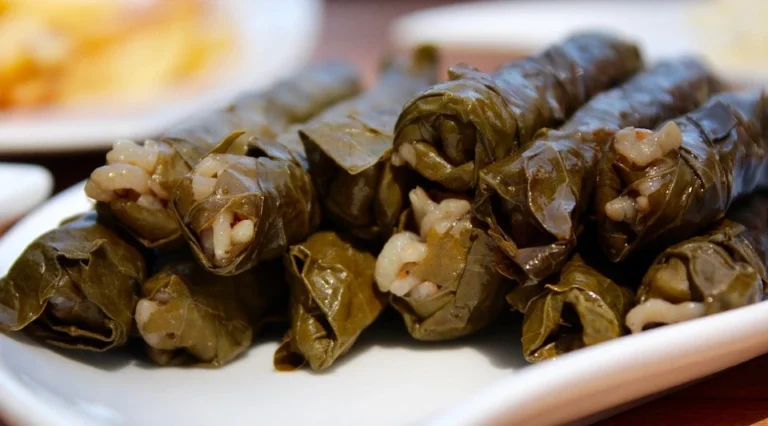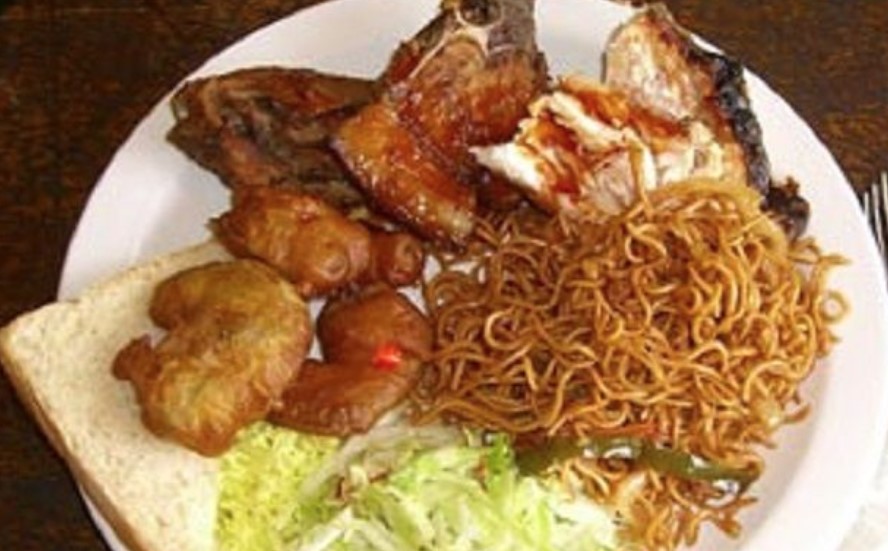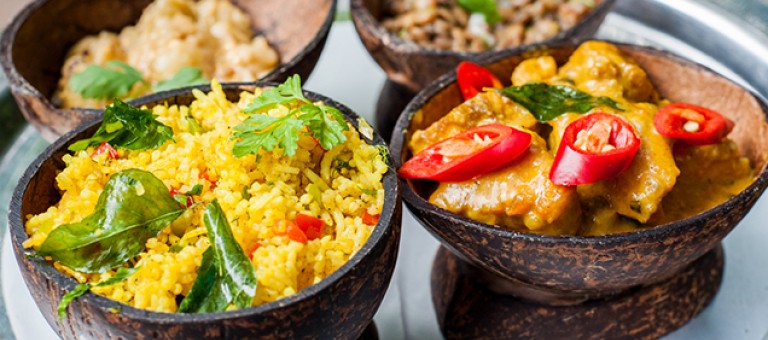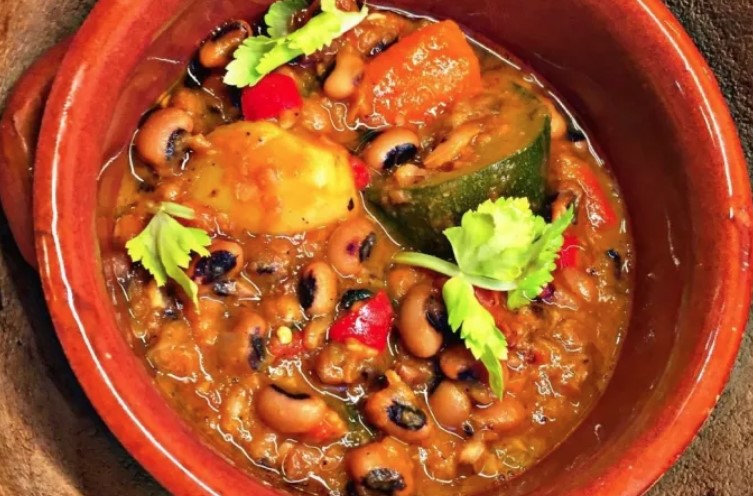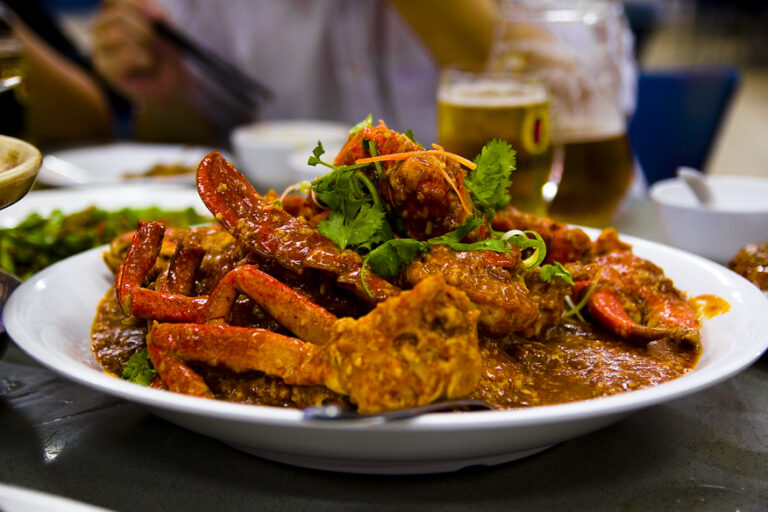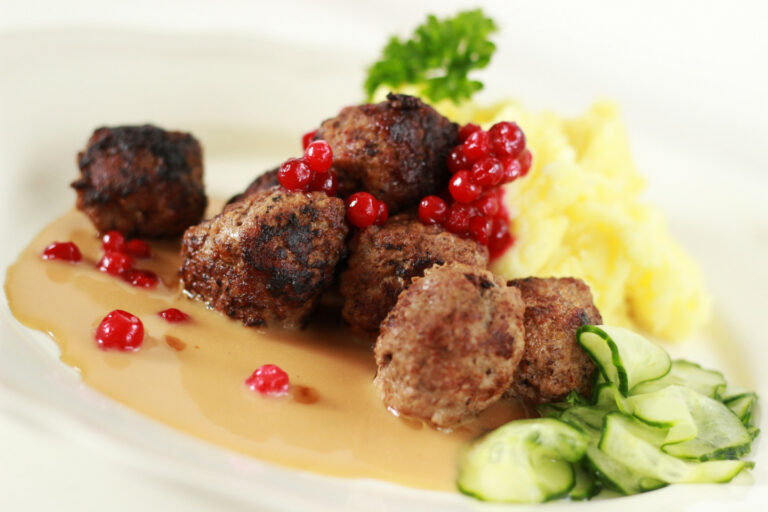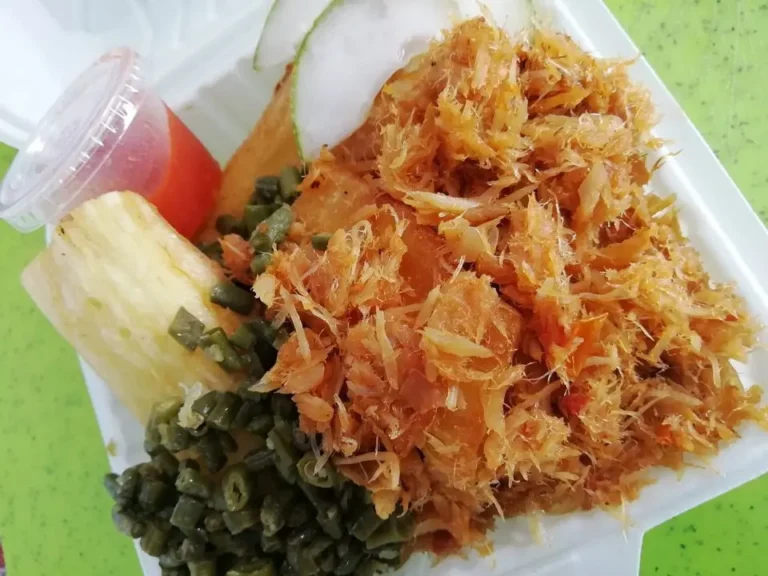Introduction: Senegalese Cuisine
Senegal is a West African country known for its rich and diverse cuisine. Senegalese food is characterized by its use of bold flavors, aromatic spices, and fresh ingredients. Senegalese cuisine is primarily based on grains, vegetables, and proteins, including seafood, chicken, and beef. Many dishes in Senegal are made with peanut butter, which is a staple ingredient in the country.
As with any cuisine, Senegalese food has its share of dishes that may not be suitable for those with dietary restrictions. However, there are still a variety of dishes that can be enjoyed by people who are gluten-free, vegetarian, or pescatarian, without compromising on flavor and authenticity.
Gluten-Free Dishes in Senegalese Cuisine
For individuals who follow a gluten-free diet, there are a number of options in Senegalese cuisine. One popular dish is Thieboudienne, a flavorful rice dish that is often made with fish and vegetables. It is seasoned with a variety of herbs and spices, such as garlic, ginger, and black pepper, and often includes tomatoes, onions, and carrots.
Another gluten-free option is Yassa, a dish that typically features chicken or fish marinated in lemon and onions. The dish is often served with rice or root vegetables, such as cassava or yams. Mafe is another popular gluten-free dish made with peanut butter and vegetables, often served with chicken or beef.
Vegetarian Options in Senegalese Cuisine
For vegetarians, Senegalese cuisine offers a variety of flavorful dishes. One popular option is Mafe, which can be made with vegetables such as carrots, eggplant, and cabbage instead of meat. Another vegetarian dish is Thiou, a hearty stew made with vegetables and tomato sauce.
For a lighter option, try Salatu Niebe, a salad made with black-eyed peas, tomatoes, and onions. This dish can be served as an appetizer or as a main course, with bread or rice. Other vegetarian options include Lentil Soup, Okra Stew, and Couscous with vegetables.
Seafood-based Dishes for Pescatarians
For pescatarians, Senegalese cuisine offers an array of seafood-based dishes. Among the most popular is Ceebu Jen, a flavorful rice dish made with fish, vegetables, and a variety of spices. Another seafood-based option is Thiébou Yapp, which is similar to Ceebu Jen but made with beef instead of fish.
Grilled fish is a common dish in Senegal, often cooked with garlic, lemon, and herbs. Other seafood dishes include crab stew and shrimp curry.
Traditional Senegalese Dishes for Dietary Restrictions
Senegalese cuisine also offers a variety of traditional dishes that can be enjoyed by those with dietary restrictions. One such dish is Thieboudienne, a flavorful rice dish made with fish and vegetables, seasoned with herbs and spices. Another traditional dish is Yassa, which can be made with chicken or fish, marinated in lemon and onions, and served with rice or root vegetables.
Mafe is another traditional dish that can be adapted to fit dietary restrictions, made with peanut butter and vegetables, and served with chicken or beef. Thiou, a hearty stew made with vegetables and tomato sauce, is another traditional option that can be made without meat.
Conclusion: Diversity in Senegalese Cuisine
Overall, Senegalese cuisine offers a wide range of dishes that can be enjoyed by people with dietary restrictions. From gluten-free options to vegetarian and seafood-based dishes, there is something for everyone to enjoy. With its bold flavors and fresh ingredients, Senegalese cuisine is a great option for anyone looking to try something new and delicious.


